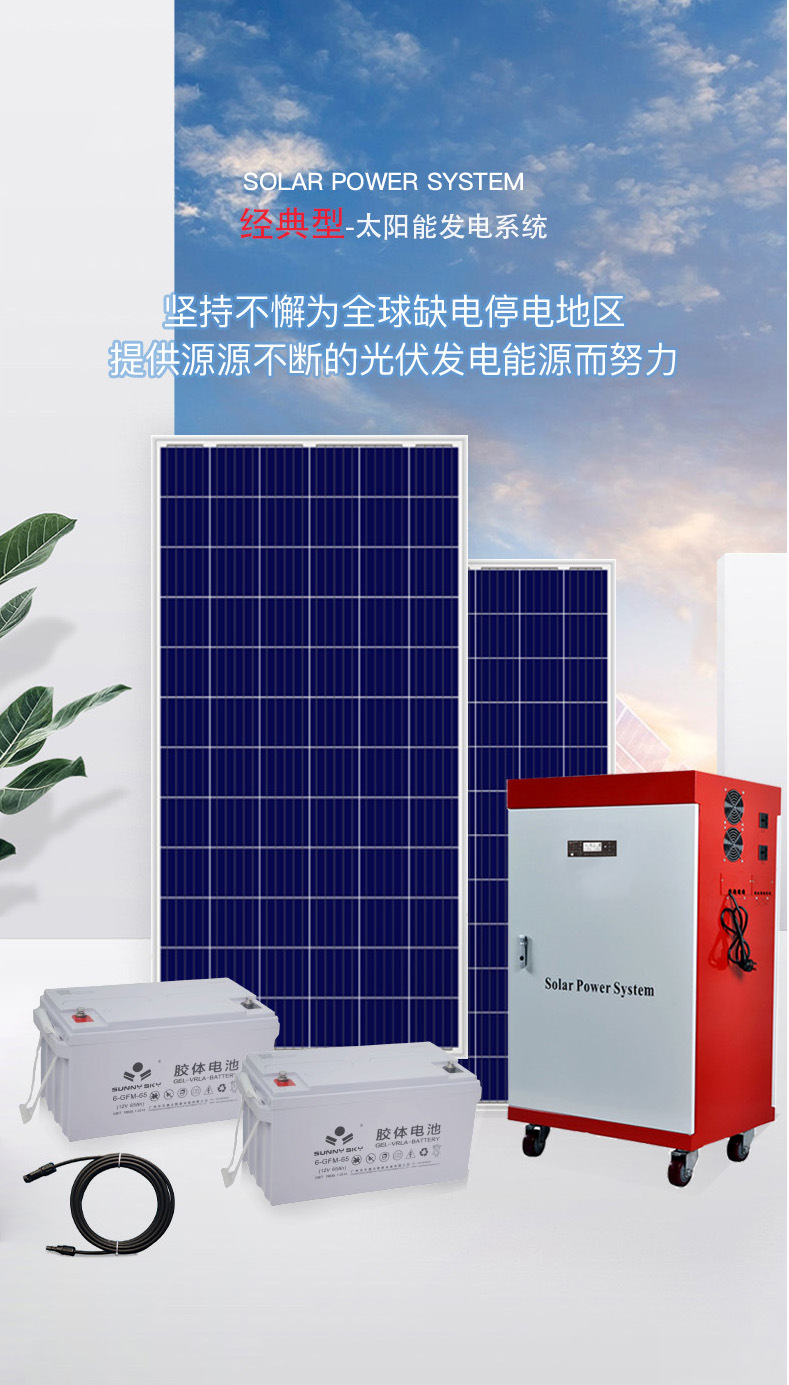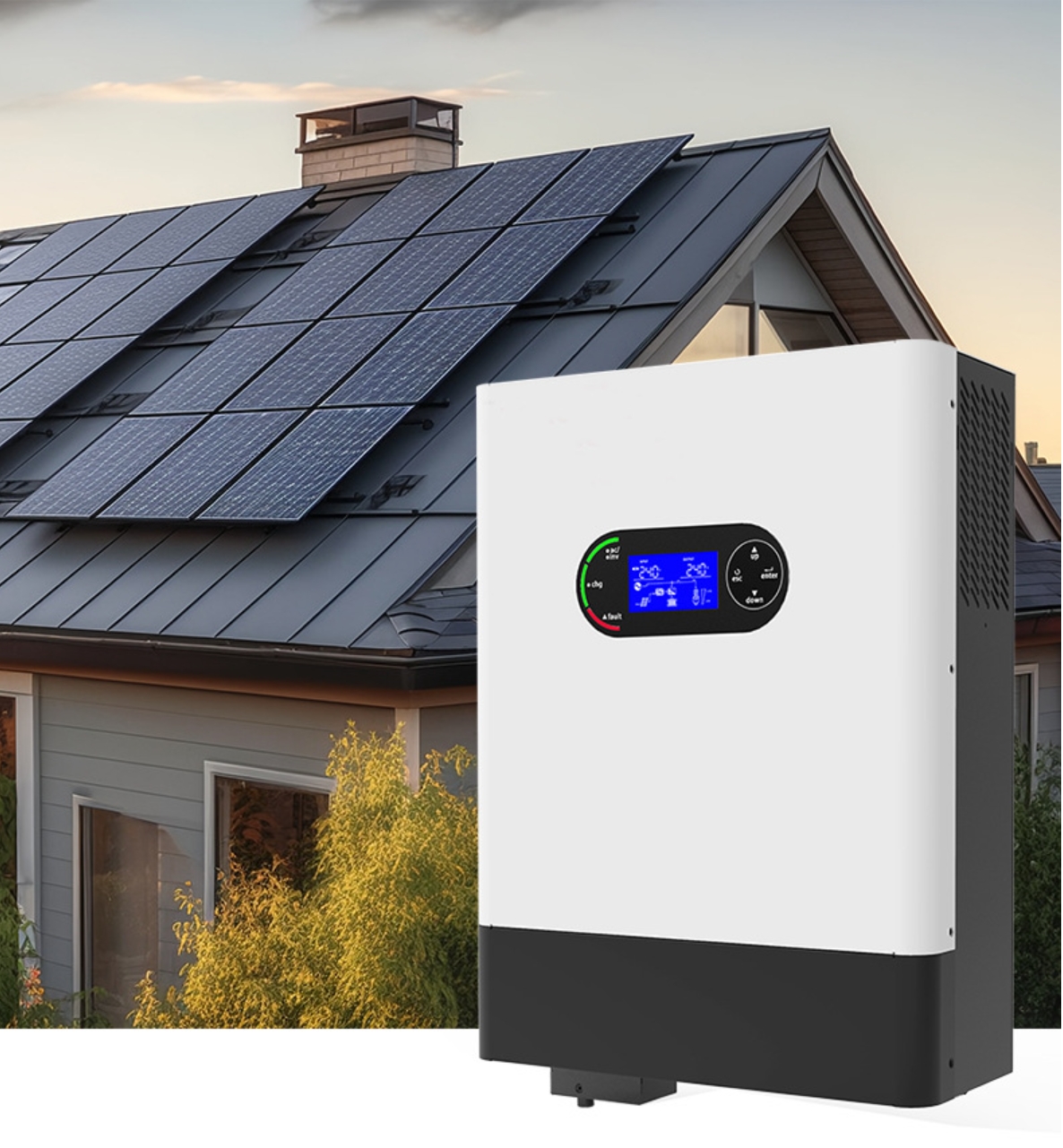The Urgent Need for Solar Power in Africa
Across Africa, access to electricity remains one of the greatest development challenges. From rural villages to urban outskirts, power outages and limited grid infrastructure continue to impact healthcare, education, agriculture, and business operations.
Solar power for Africaoffers a clean, decentralized, and scalable way to bridge the energy gap. Didisolar provides complete solar energy systems designed specifically for the environmental, logistical, and economic realities of African markets.
Didisolar: Powering Africa with Practical Solar Solutions
With projects deployed inGhana, Kenya, Ethiopia, Nigeria, and South Africa, Didisolar is experienced in adapting solar systems for:
-
High temperatures and dusty environments
-
Weak or unstable grid voltage
-
Remote installations with limited technical support
-
Local voltage standards (220V/230V, 50Hz)
-
Three-phase and single-phase load profiles
We offerplug-and-play systemsthat minimize installation time and ensure long-term durability.
Solar Solutions for Every Application
Didisolar provides tailored systems for:
1.Rural Homes and Off-Grid Communities
-
1–5KW off-grid or hybrid systems
-
Battery backup for night use and power cuts
-
Used for lighting, fans, phone charging, water pumps
2.Schools and Clinics
-
3–10KW systems
-
Stable power for lighting, refrigeration, medical equipment
-
Improved access to education and healthcare services
3.Farms and Agriculture Projects
-
5–20KW solar systems with inverter and battery storage
-
Runs irrigation pumps, grain mills, cold rooms, hatcheries
4.Businesses and Government Buildings
-
10–50KW grid-tied or hybrid solar setups
-
Reduces energy costs and provides power continuity
What’s Inside a Didisolar African Solar Kit
-
Monocrystalline solar panels(UV, heat, dust-resistant)
-
MPPT charge controllerfor optimized power generation
-
Inverter (off-grid, hybrid, or grid-tied)
-
Lithium or deep-cycle lead-acid battery
-
Full mounting structure + AC/DC cabling
-
Remote monitoring and support (optional)
All systems include surge protection and are pre-configured to local grid standards.
Why Choose Didisolar in Africa
-
Field deployments in East, West, and Southern Africa
-
Localized system design for weather, load, and logistics
-
CE, EMC, and FCC certified components
-
Up to 25-year panel lifespan and 6000+ battery cycles
-
Flexible shipping from China and regional warehousing options
-
Remote training and multilingual support
Didisolar is not just a supplier—we are an energy partner committed to Africa’s power future.
Working with NGOs, EPCs, and Local Distributors
We collaborate with:
-
Rural electrification programs
-
Water & sanitation projects (WASH)
-
Health and education infrastructure
-
Solar installation partners and retailers
-
Government-backed clean energy initiatives
Whether you need 100 small kits or a 500KW microgrid, we’ll help design, deliver, and support every step of the way.
Conclusion
Solar power for Africais not just a possibility—it’s a necessity. With Didisolar’s reliable and cost-effective systems, homes, schools, farms, and businesses across the continent are gaining access to the energy they deserve.





